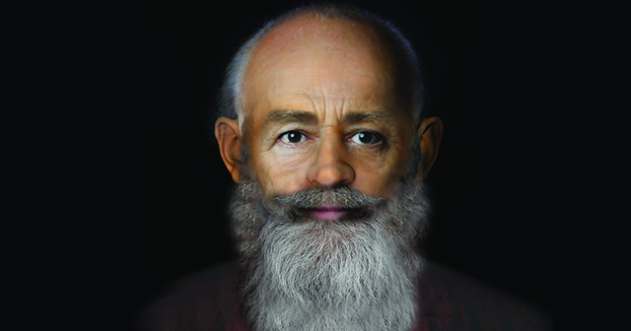During his life, St.
Benedict of Nursia was known to work many miracles using the power of the Holy
Cross. Among these included his heroic flight from temptations and miraculous
escapes from traps set to kill him.
Saint
Benedict became known for his power over the Devil, with the Holy Cross of
Jesus Christ as his efficacious instrument to make the Devil flee.
The
Medal of St. Benedict is based on this tradition.
St.
Benedict was an incredibly important saint for the Church, most notably because
he was the founder of Western monasticism. Because of his uncommon sanctity and
miraculous powers, men gathered around him as disciples.
Benedict
paved the way for these men to consecrate themselves to a secluded,
disciplined, communal life of prayer, work, fasting, and penance dedicated
solely to the worship of God. He organized them together under a single Rule to
increase their spiritual effectiveness.
So, it
is not hard to see why Saint Benedict was often a specific target of the Devil.
The St.
Benedict medal as we commonly know it today (the Jubilee medal) was first made
in 1880 to commemorate the fourteenth centenary anniversary of St. Benedict’s
birth by the Archabbey of Monte Cassino, the most important monastery
established by the Saint in the 6th century.
The
meaning of the symbols used on the medal were at one time a mystery until an
ancient manuscript was discovered, as described below:
“It is doubtful when the Medal
of St. Benedict originated. During a trial for witchcraft at Natternberg near
the Abbey of Metten in Bavaria [a Benedictine monastery established in the 8th
century] in the year 1647, the accused women testified that they had no power
over Metten, which was under the protection of the cross. Upon investigation, a
number of painted crosses, surrounded by the letters which are now found on
Benedictine medals, were found on the walls of the abbey, but their meaning had
been forgotten.
Finally, in an old manuscript,
written in 1415, was found a picture representing St. Benedict holding in one
hand a staff which ends in a cross, and a scroll in the other. On the staff and
scroll were written in full the words of which the mysterious letters were the
initials. Medals bearing the image of St. Benedict, a cross, and these letters
began now to be struck in Germany, and soon spread over Europe. They were first
approved by Benedict XIV in his briefs of 23 December, 1741, and 12 March,
1742.”
This—combined
with accounts of the Saint triumphing over traps the Devil set for him—is how
the symbols on the St. Benedict medal became propagated as a form of protection
against, and exorcism of, evil.
FRONT OF THE MEDAL
·
Above the chalice and the raven in the center,
on either side of Saint Benedict:
Crux
Sancti Patris Benedicti
(Cross of the Holy Father
Benedict)
Words around the perimeter of the medal:
Ejus
in obitu nro praesentia muniamur
(May we at our death be
fortified by his presence)
BACK OF THE MEDAL
Initials on the cross in the center:
C. S.
S. M. L. – N. D. S. M. D.
Crux
Sacra Sit Mihi Lux
(The Holy Cross be my
light)
Non
Draco Sit Mihi Dux
(Let
not the dragon be my guide)2
Circles by the four corners of the cross:
C S P B
Crux
Sancti Patris Benedicti
(Cross of the Holy Father
Benedict)
Initials around the perimeter:
V R S N
S M V – S M Q L I V B
Vade
Retro Satana, Nunquam Suade Mihi Vana—Sunt Mala Quae Libas, Ipse Venena Bibas
(Step back, Satan, do not
suggest to me thy vanities —evil are the things thou profferest, drink thou thy
own poison)
And at the top: Pax
(Peace)









